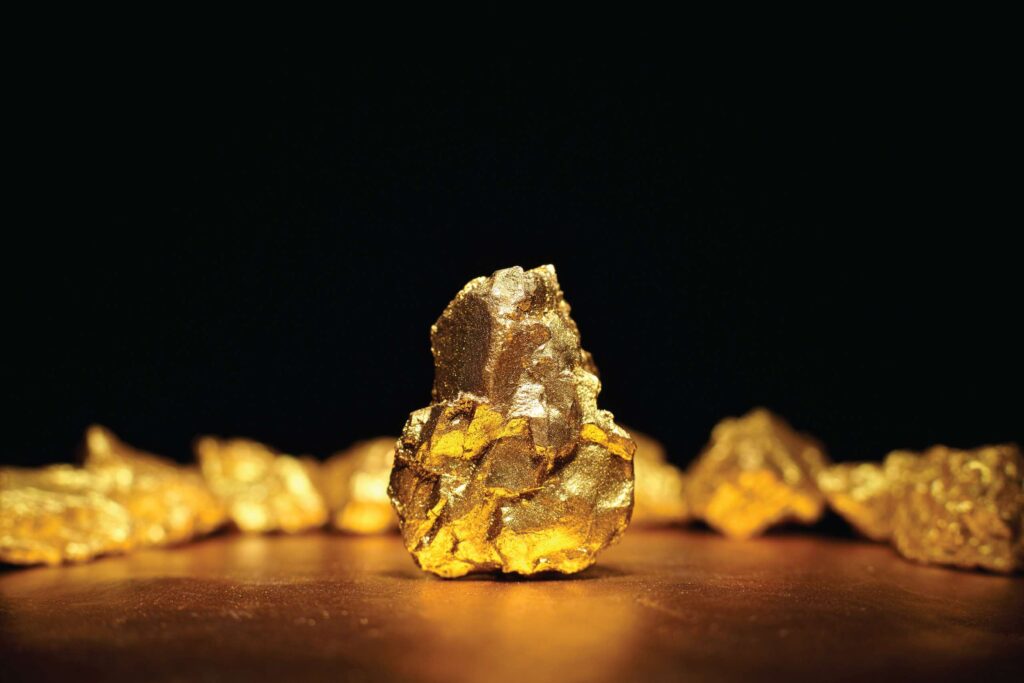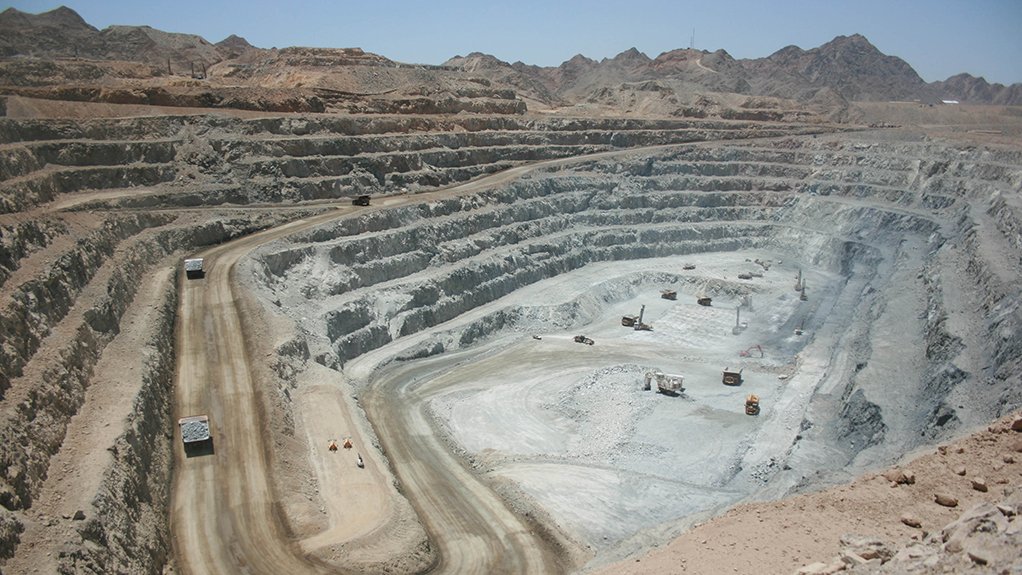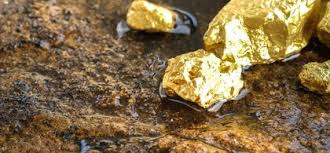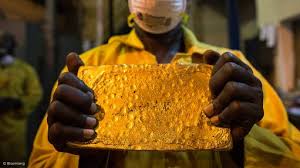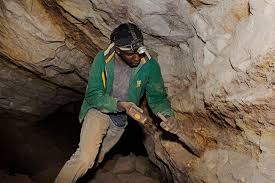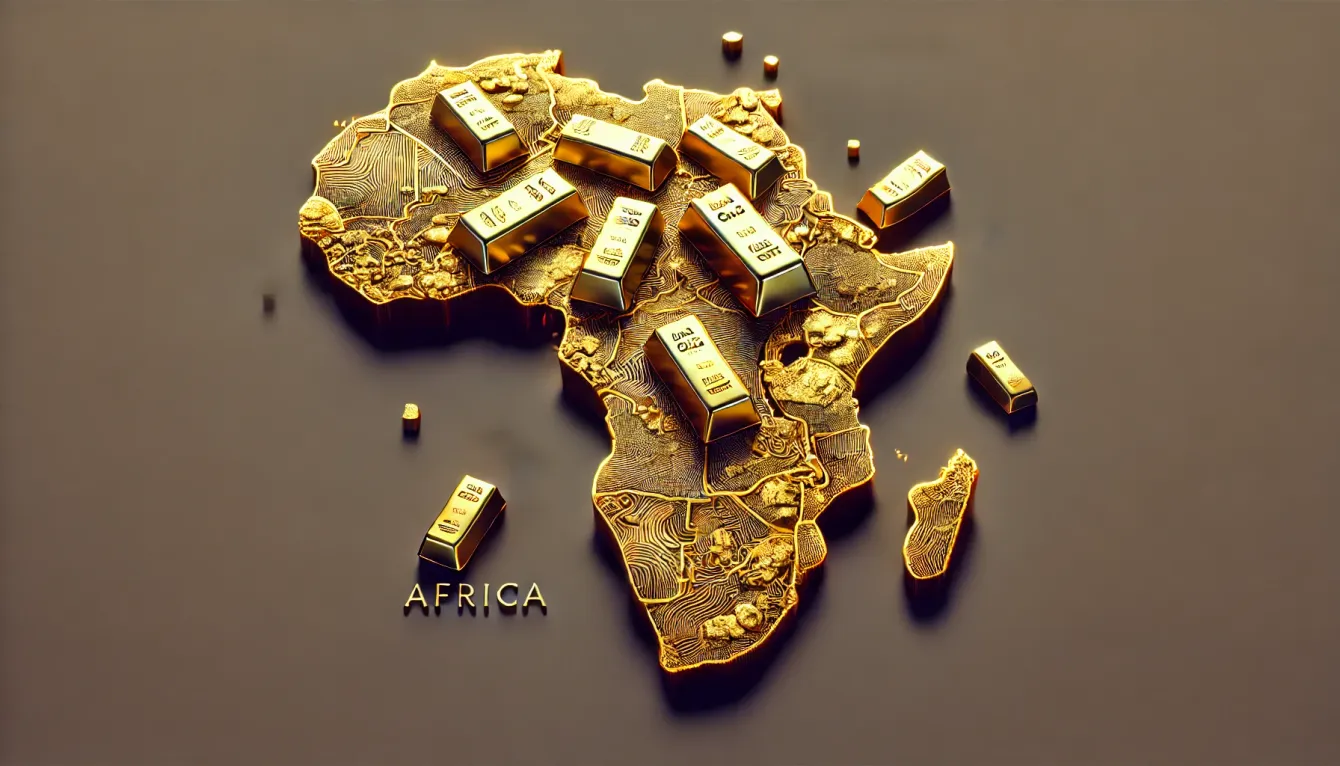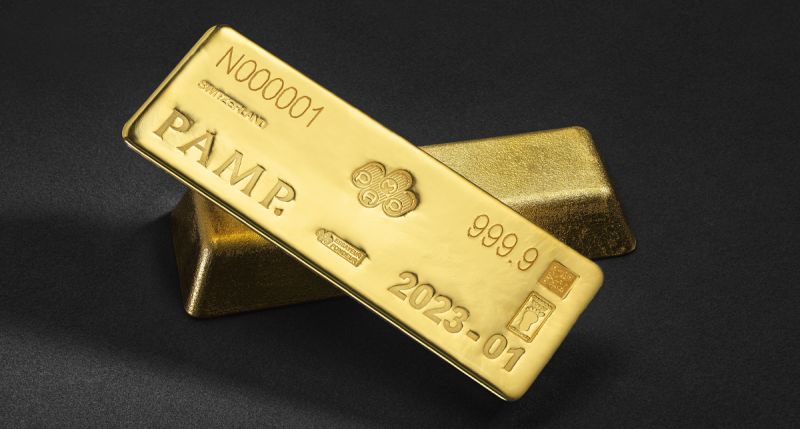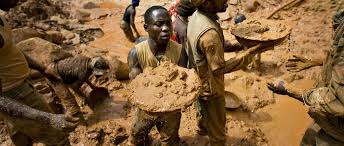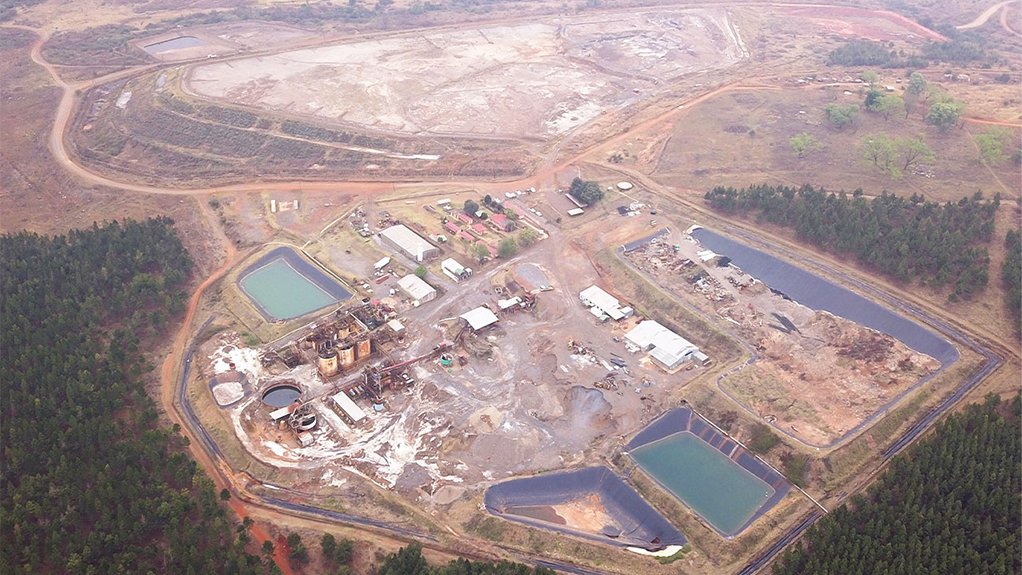Precious Metals

Drilling results at Kibali extend scale, life-of-mine
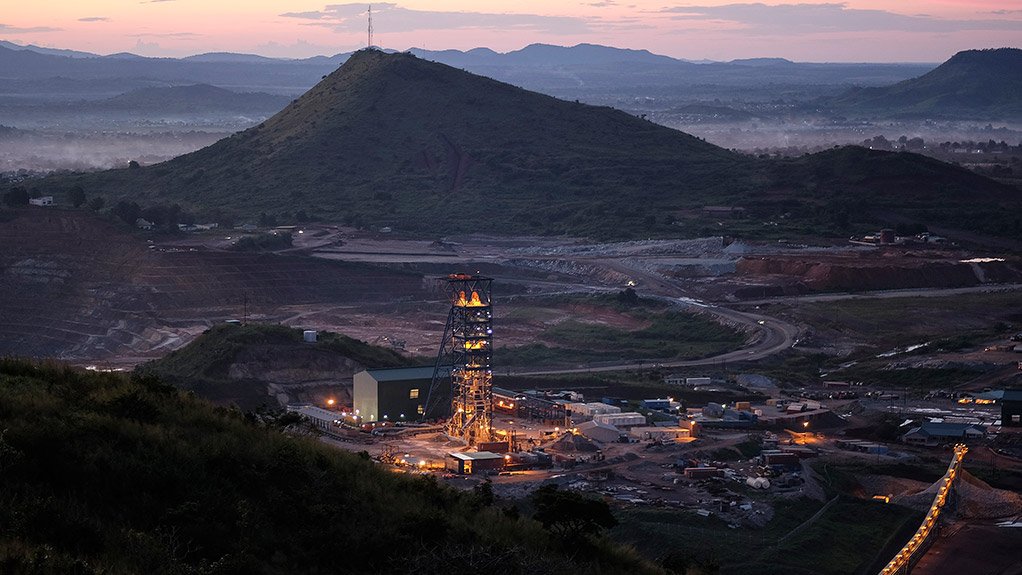
During a visit to Kinshasa on July 2, Barrick president and CEO Mark Bristow said work on the ARK-KCD system was revealing a coherent geological structure, with mineralisation expanding laterally and down plunge, which could significantly grow Kibali’s reserve base within the existing footprint.
“Kibali was built with a long-term view and has consistently delivered across production, partnerships and reserve growth. We’ve replaced every ounce we’ve mined and more since Kibali poured its first gold in 2013, and the ARK-KCD corridor shows that there’s still much more to come,” he said.
Kibali has contributed in-country investment of more than $6.3-billion so far, including $3.1-billion in payments to local contractors and partners. The mine remains the single biggest economic contributor to the north-eastern DRC, spanning the Haut-Uele and Ituri provinces.
The Kalimva, Ikamva and Ndala satellite pits are being mined under contracts with local businesses. More than 700 DRC companies are supported through procurement and capacity-building initiatives and all tenders are published jointly by the mine and the DRC’s subcontracting regulator Autorité de Régulation de la Sous-Traitance dans le Secteur Privé, in line with best practice transparency.
“Kibali is . . . a partnership that anchors the regional economy. It’s Congolese-led, Congolese-supplied and built to last. We’re proud of the model we’ve created here – one that delivers shared value,” Bristow said.
Ongoing operational improvements in the underground mine were expected to result in material productivity gains from the third quarter of this year, with a focus on long-term cost efficiency and performance optimisation, he said.
Additionally, the commissioning of a 16 MW solar plant with an integrated battery energy storage system has been completed, raising overall renewable-energy use to 85%, with the site operating on 100% renewable energy for six months of the year.
“This is what the energy transition looks like in practice. It’s a benchmark not just for Africa but for the global mining industry,” he said.
Biodiversity conservation also remains central to Barrick’s sustainability strategy. Working with the Congolese Institute for Nature Conservation and African Parks, preparatory work is under way to introduce an additional 64 white rhinos into the Garamba National Park by the end of this year.
This follows the successful reintroduction of 16 rhinos in 2023 and forms part of a long-term partnership to restore and nurture biodiversity in the region.
Leadership and capacity building continue through the Barrick Academy with 170 Kibali employees attending training during the second quarter.
On the community front, 41 out of 44 projects funded through the 0.3% community development fund have now been completed, delivering essential infrastructure, education and healthcare support.
Simultaneously, the execution of the Cahier des Charges was progressing well, Bristow said, with $4.8-million invested to date.
“Kibali is our blueprint for sustainable growth in the DRC. Built on a foundation that is technically sound, socially rooted and environmentally responsible, it reflects our long-term vision.
“The experience and lessons gained here in one of the world’s toughest mining environments will guide us as we look to expand our in-country portfolio to include not just more gold but also copper projects,” he said.




